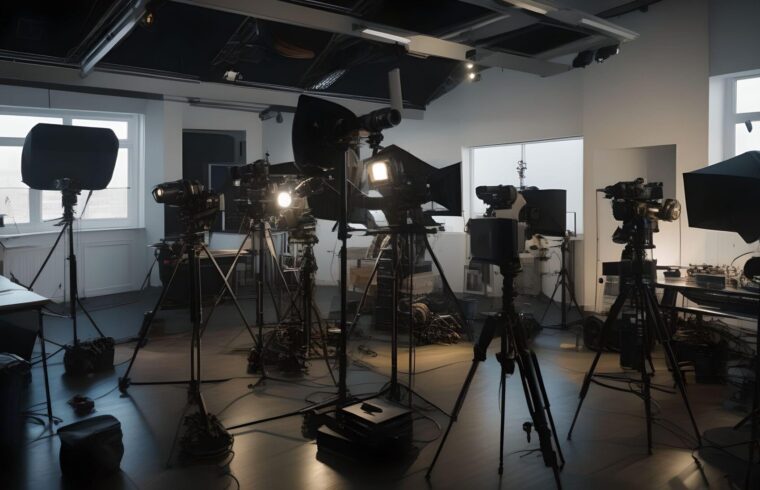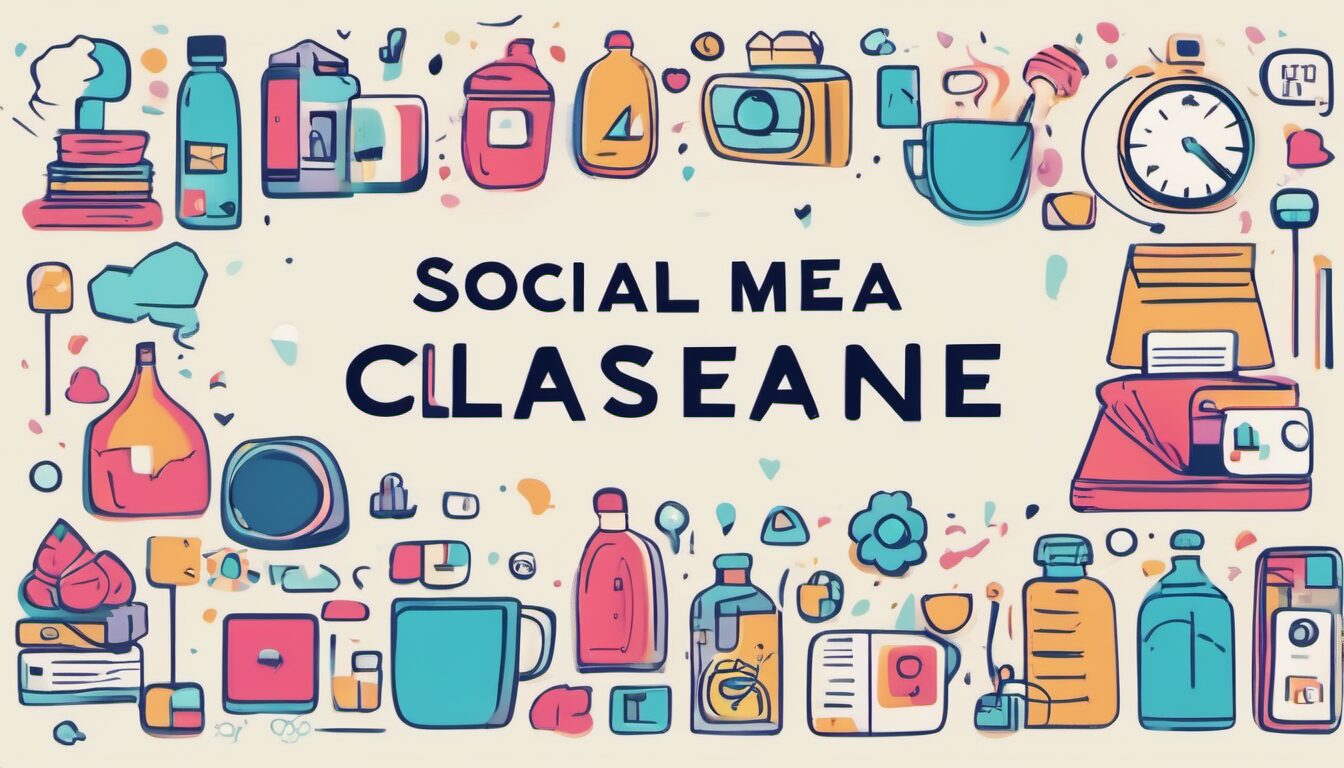Certainly! The following table will highlight the storytelling techniques in novels and films on the basis of the different aspects:
| Aspect | Novels | Films |
|---|---|---|
| Narrative Structure | Normally linear or nonlinear, which allows the flexibility in duration and view point. Flashbacks and multiple viewpoints are commonly employed. | Most of the time it is three acts (Setup, Confrontation, Resolution). But flashbacks are used and the focus is more on sequential chronology. |
| Visual Imagination | It employs descriptive language to provoke the imaginations of readers. Readers screen mental images through textual cues. | Uses visual and sound elements to dramatize scenes. Directors and cinematographers sculpt audience’s visual narrative. |
| Pacing | May differ greatly; opens up the possibilities for a more comprehensive character and setting development. The pacing is determined by the reader’s own speed. | Tend to be faster-paced as they are dictated by time constraints. Editing and cinematography are essential for the manipulation of speed. |
| Character Development | Frequently goes into the minds of the characters, feelings, and backgrounds.Internal monologues are common. | Actors’ facial expressions and dialogue are important in conveying characters’ emotions and their development. Discount on internal monologues. |
| World-building | Can quickly extend the world with in-depth description and stay as long as you want with many different factors. | Therefore, the atmosphere should be set properly by the use of visual and audio cues. Less focus on the “intensified and condensed” characterization that can be seen in novels. |
| Point of View | This can use the first, third, or third person perspective. It enables to have a close relationship with what character thinks inside. | The story is narrated by an omnipotent character that sometimes assumes a limited third-person viewpoint. It is the audience who sees what the camera captures. |
| Dialogue | Dialogue can illustrate deep motivation of characters and move plot forward.Extended conversations are common. | Using concise and focused dialogue is common as they are constrained by time. Visuals are used to support and complement both communication. |
| Internal Thoughts | High use of internal monologue as tool to expose characters’ inner thoughts and conflicts. | Characterization with little or no access their inner thoughts. Emotions are usually portrayed by means of visual and auditory signals. |
| Audience Engagement | May demand some level of engagement as mental pictures are envisaged and the story is being read while enjoyment is being experienced. | Gives the more passive environment. Audience engagement is dependent on visuality, sound, and emotional impact a combining component provides. |
Here we should mention that these are generalizations, and in both cases of novels and films there can be exceptions. Further, the usefulness of these techniques depends on the level of the author or filmmaker.



